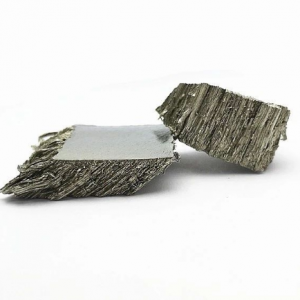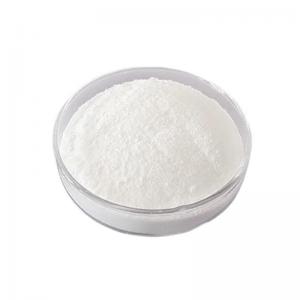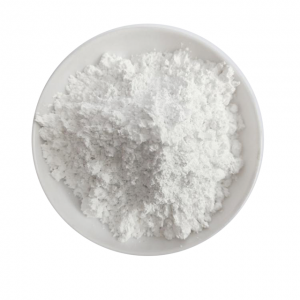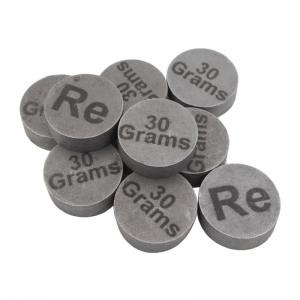Development Trends of Rhenium Industry
Rhenium is a rare silver white high melting point metal with the element symbol Re. Its melting point ranks third among all elements, boiling point ranks first, and density ranks fourth. Rhenium is a rare element mainly present in molybdenite. Rhenium not only has good plasticity, mechanical properties, and creep resistance, but also has good wear resistance and corrosion resistance. It can maintain good chemical inertness for most gases except oxygen. Therefore, rhenium and its alloys are widely used in aerospace, electronics, petrochemical and other fields.
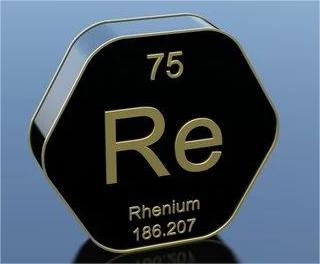
Physical Property
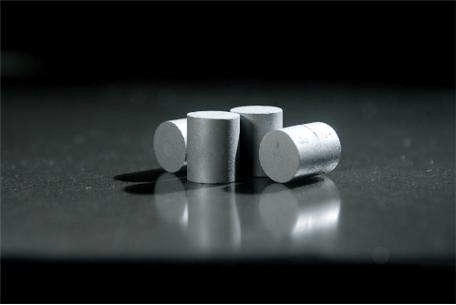
Rhenium is a silver white metal with the third highest melting point among all elements after tungsten and carbon, and the highest boiling point. Its density ranks fourth among elements, with the top three being osmium, iridium, and platinum. Rhenium has a hexagonal densely packed crystal structure, with lattice constants of a=276.1pm and c=445.6pm.
Chemical Property

Commercial rhenium is generally in powder form and can be compressed or sintered into high-density solids in vacuum or hydrogen gas, with a density of over 90% of the metallic state. Rhenium metal has high ductility during annealing and can be bent and rolled up. Rhenium molybdenum alloy is a superconductor at 10K, while the superconducting temperature of tungsten rhenium alloy is between 4 and 8K. Rhenium metal becomes a superconductor at 1.697 ± 0.006K. Rhenium metal blocks can resist alkali, sulfuric acid, hydrochloric acid, and dilute nitric acid (non concentrated nitric acid) at standard temperatures and pressures.
Isotope
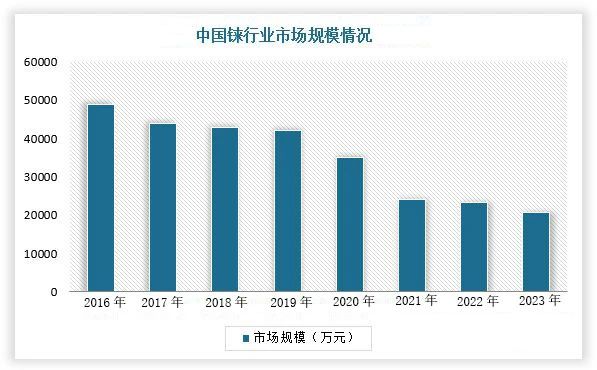
Rhenium has only one stable isotope, rhenium-185, and its stock is also extremely low. Natural rhenium contains 37.4% Re and 62.6% radioactive 187Re. The latter has a half-life of up to 10 years. The charge state of rhenium atoms can affect this lifetime. The B-decay of Re can be used for the rhenium osmium dating method to measure the age of ores. The energy of this B decay is 2.6 keV, which is one of the lowest decay energy radioactive nuclides. Rhenium 186m is one of the longest lived isomers with a half-life of about 200000 years. There are 25 other known radioactive rhenium isotopes.
Chemical Compound
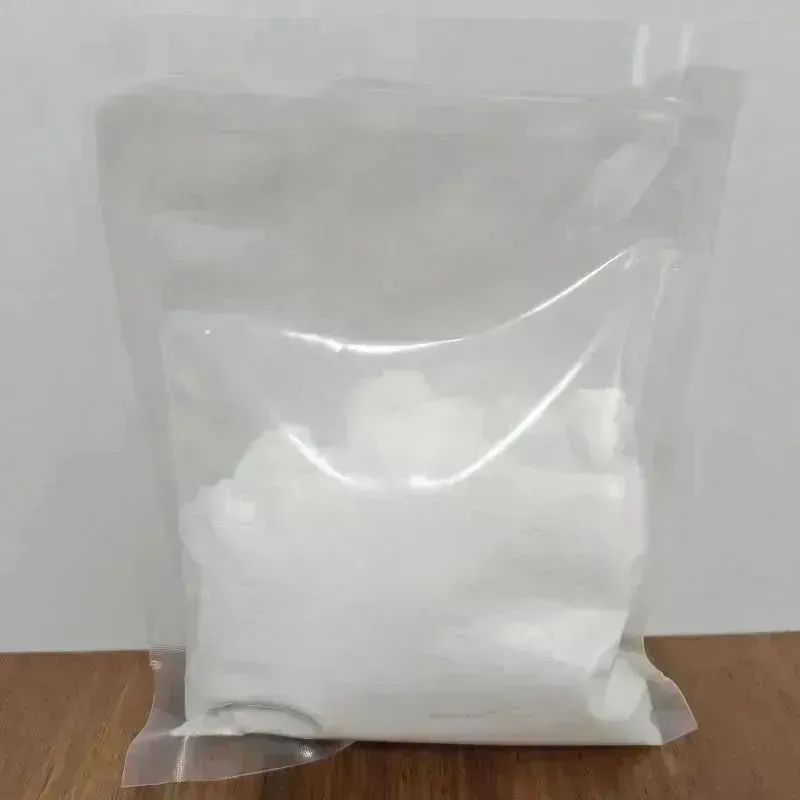
The oxidation state of rhenium in compounds can range from -3 to+7, except for -2+ 7. +6,+4, and+2 oxidation states are the most common. Commercial rhenium is generally sold as perrhenate salts, such as white water-soluble sodium perrhenate and ammonium perrhenate.


